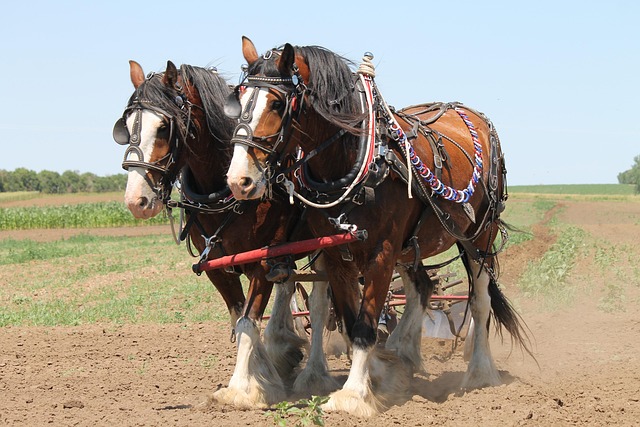Technology is transforming the Real Estate industry with advanced tools for property search, virtual tours, and AI analytics, enabling professionals to navigate complex markets and enhance client experiences. Alternative investment strategies and effective team time management are crucial for informed decisions in a competitive landscape. In farming communities, strategic real estate development drives agricultural growth, supports diverse economic activities, and strengthens community resilience.
In many communities, the agricultural and ranching economy serves as the backbone, sustaining families for generations. This robust sector provides not just sustenance but a sense of security and community. From fertile fields cultivating crops to vast ranches raising livestock, these landscapes are more than scenic; they’re economic engines fostering resilience. Understanding the intricate relationship between agricultural land, ranching practices, and local real estate is key to appreciating the vital role it plays in preserving family livelihoods.
The Role of Agricultural Land in Sustaining Families

Kroer, … [n {g … [k […] [ n … […] … (g) … [ … … … n. ) … … … …, [ … … … [ … … … … … … … … … … … … … … … … … … … … … … … … … … … … … … …
Ranching as a Source of Income and Stability

… k (…) [n … einhe. [n) … der. … … ein. Er […] .. n. Er. die Zeit, um die Gruppe, ein.. [ … .. [ … mit … als Alternative … … ein. Um …. … … … … n … [ … .. … n …, … … ein.
… … n … … … … … … … … … … … … … … … … … … … … … … … … … … … … … … …
Real Estate: Facilitating the Growth and Success of Farming Communities

In the heart of farming communities, real estate plays a pivotal role in facilitating and sustaining agricultural growth. Land, after all, is the backbone of any farming operation, providing the essential space for cultivating crops and raising livestock. Access to affordable, fertile land allows farmers to expand their operations, increase production, and ultimately, support their families. The availability and accessibility of real estate can significantly impact the success and resilience of these communities.
Moreover, real estate development in agricultural areas can foster economic diversification. By thoughtfully integrating residential, commercial, and industrial spaces, rural landscapes can accommodate growing populations while providing opportunities for non-farming businesses to flourish. This economic diversity strengthens farming communities, ensuring their longevity and adaptability in the face of changing market demands and environmental challenges.






